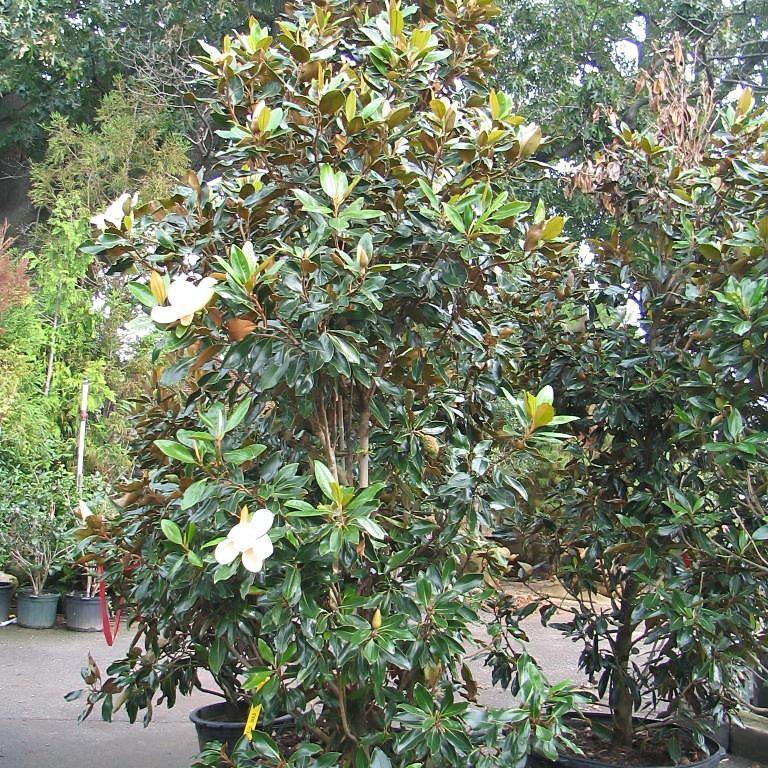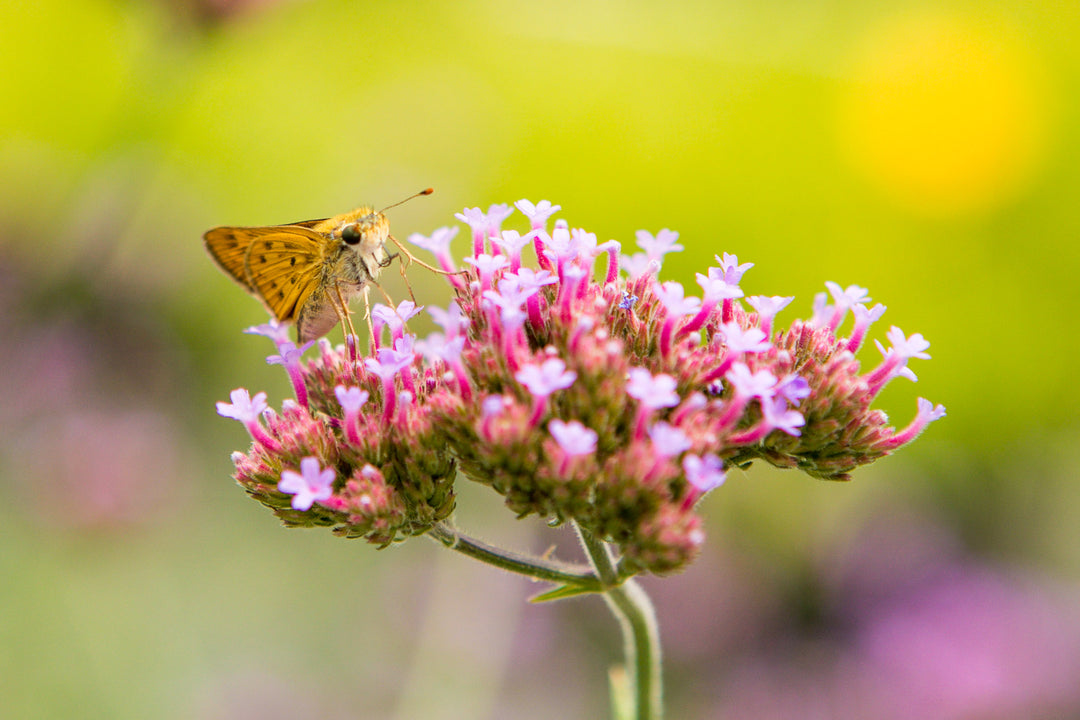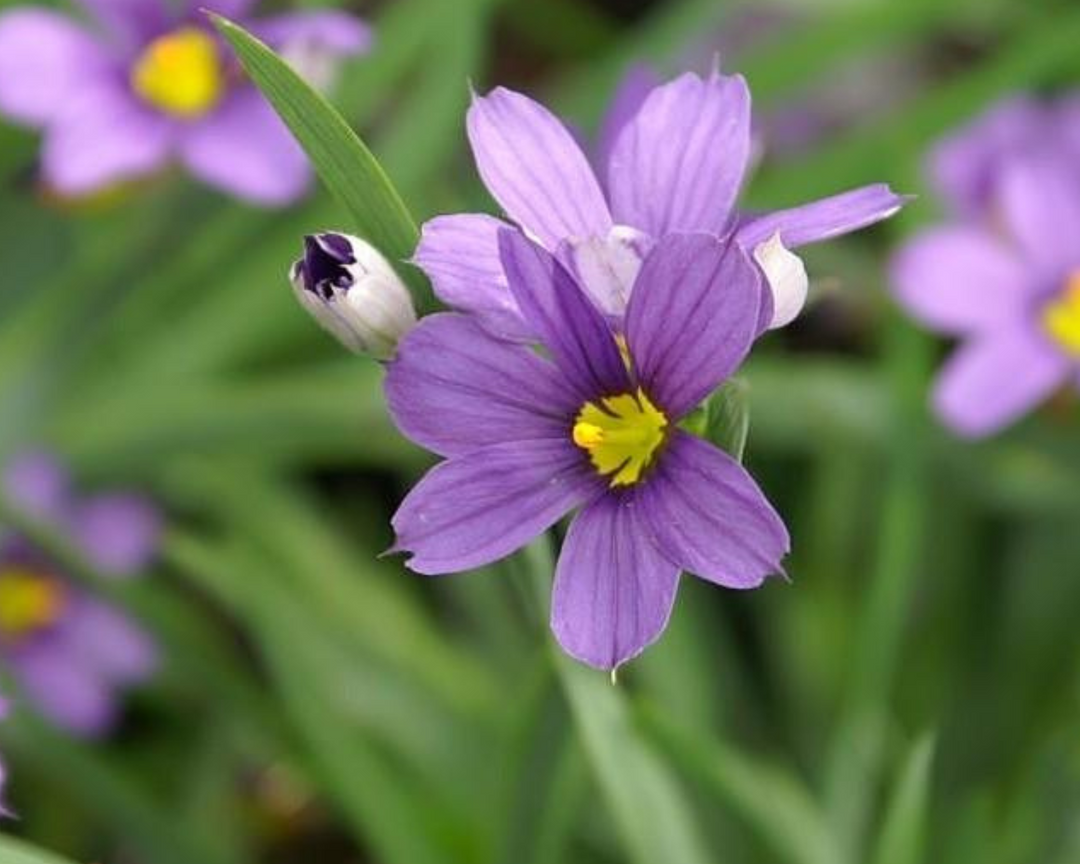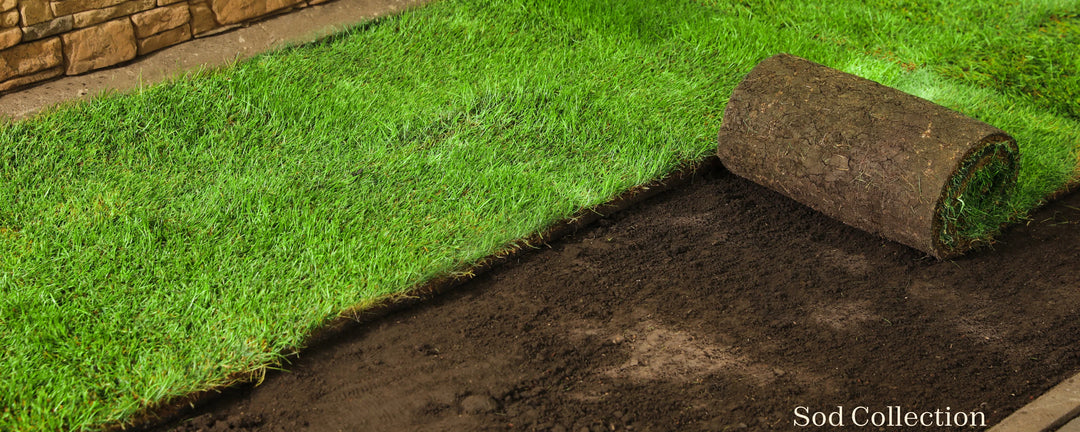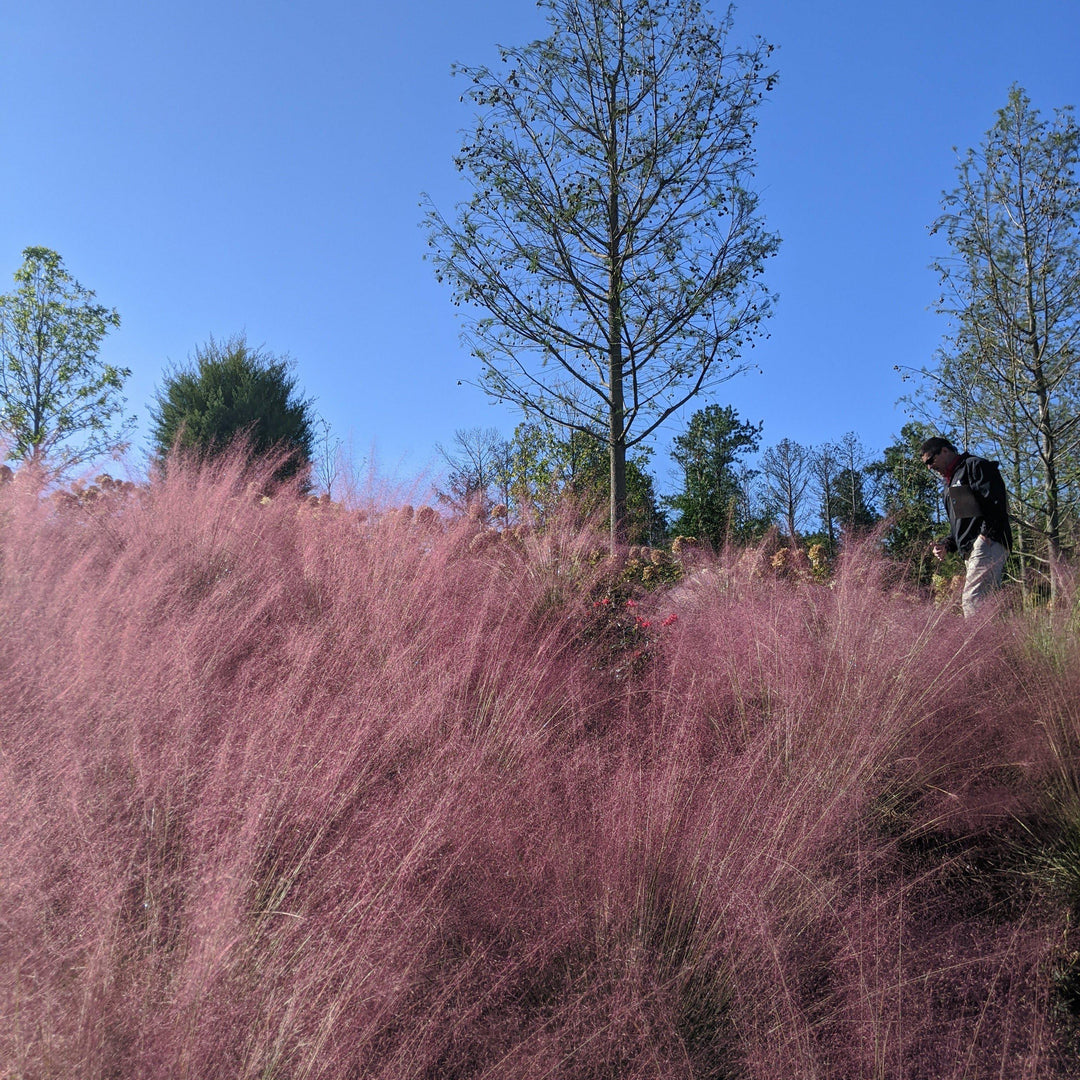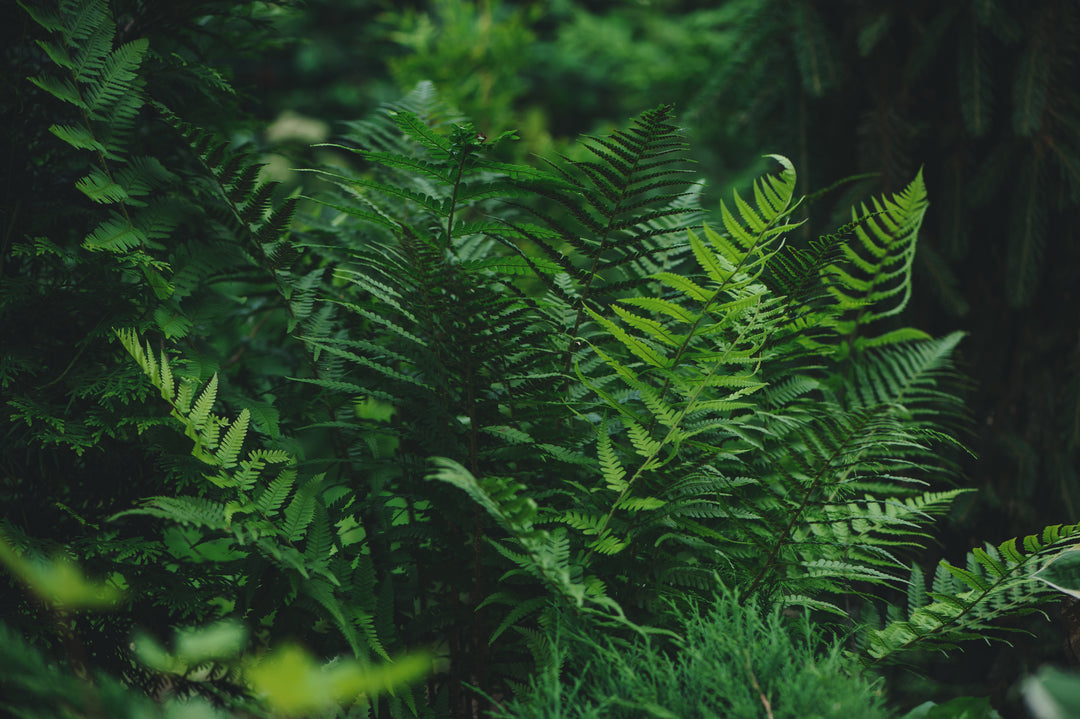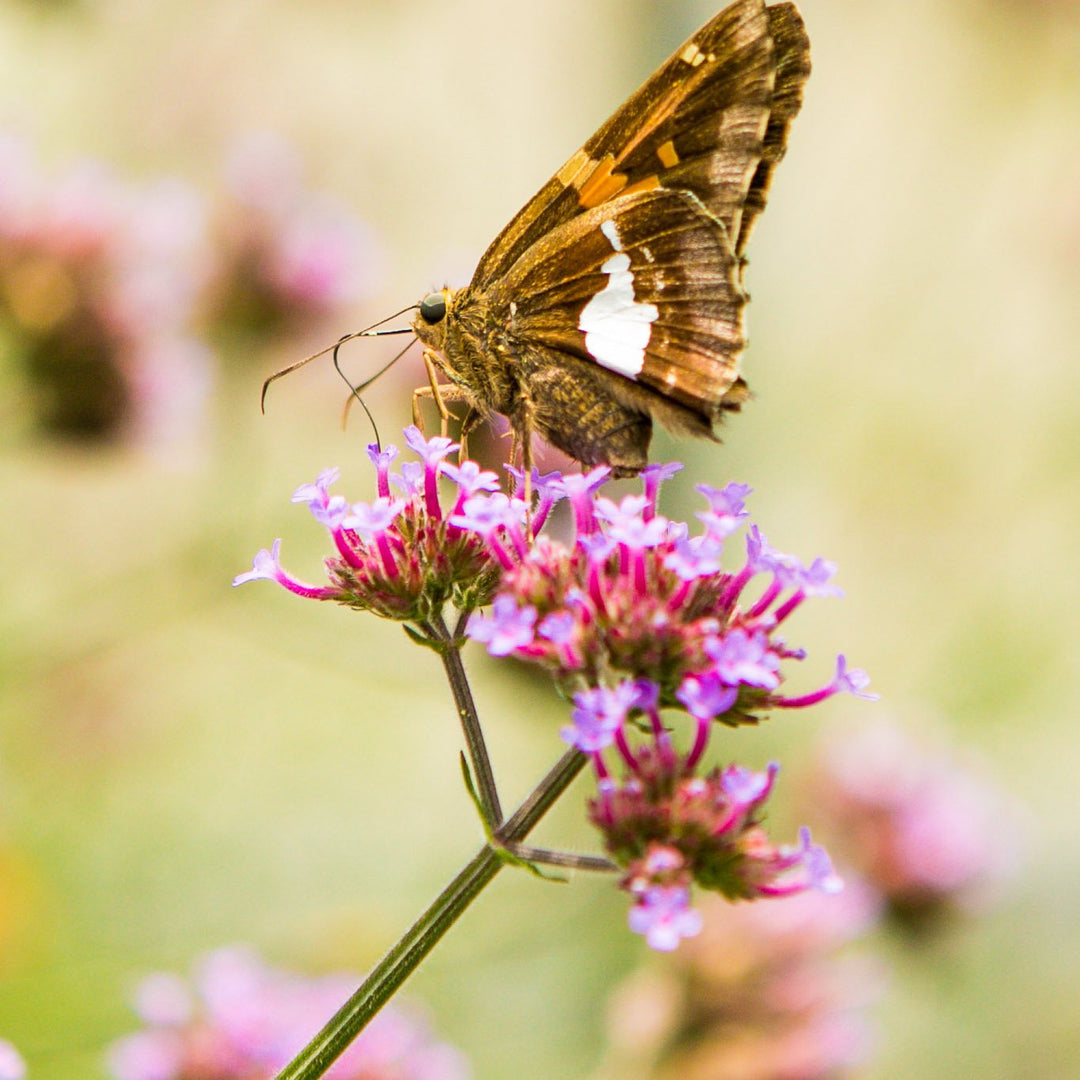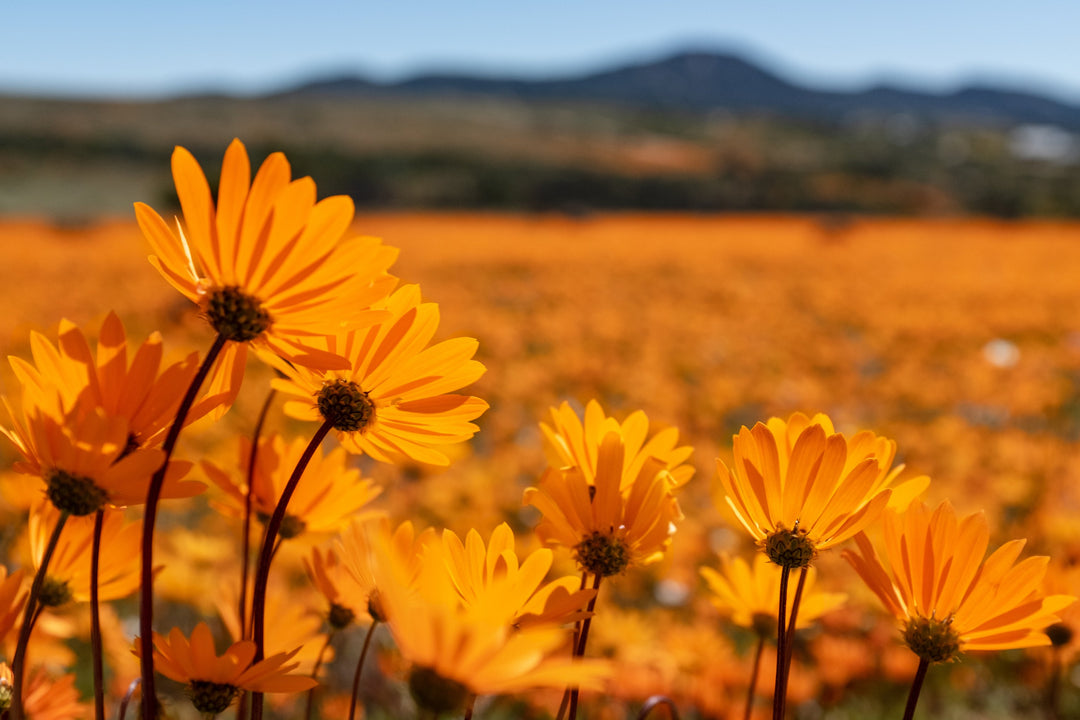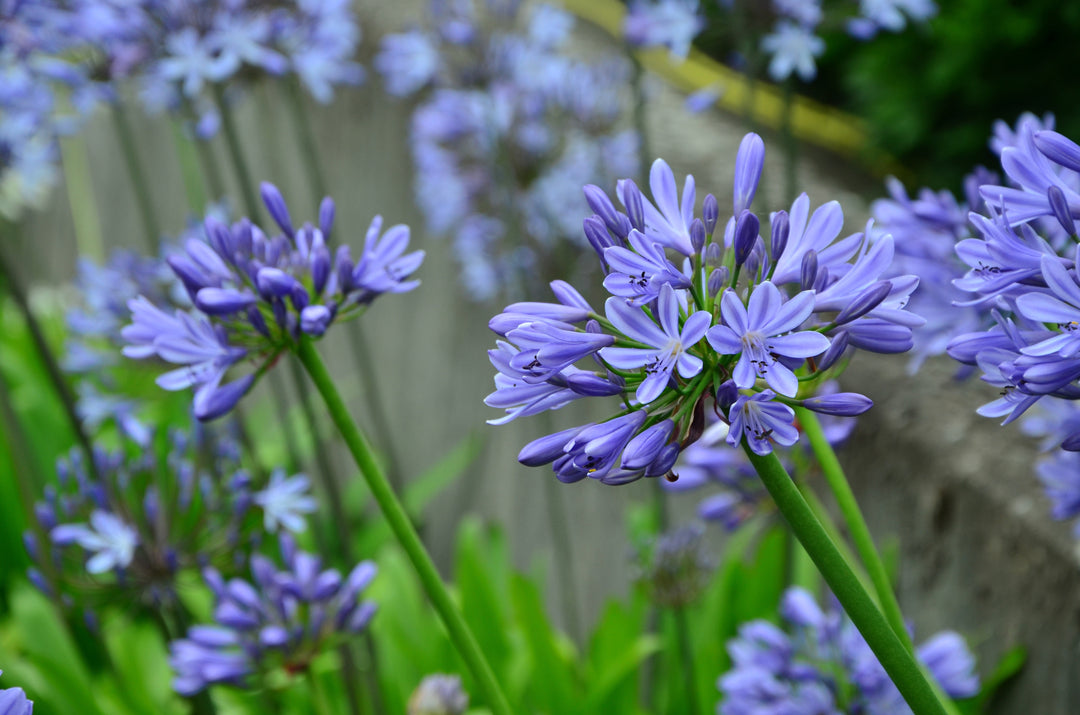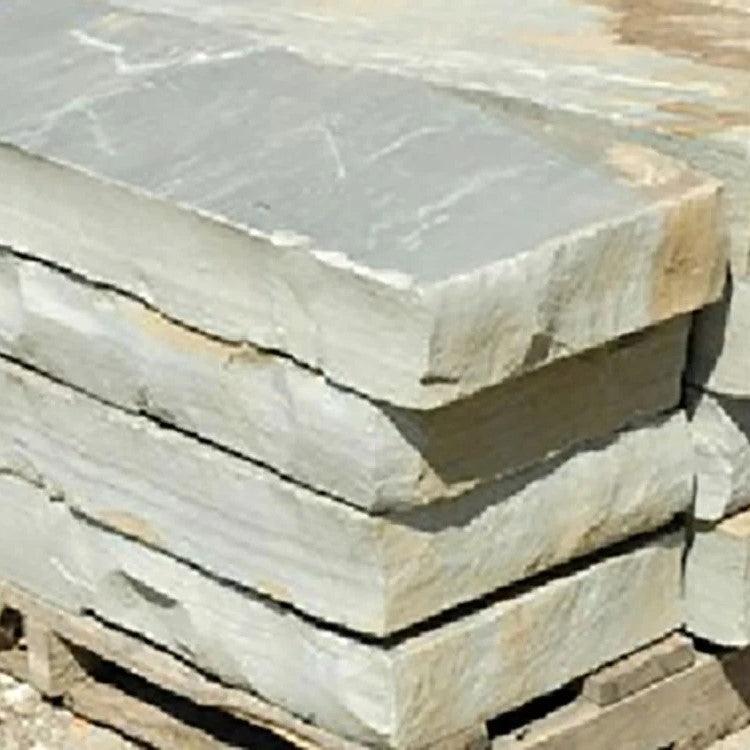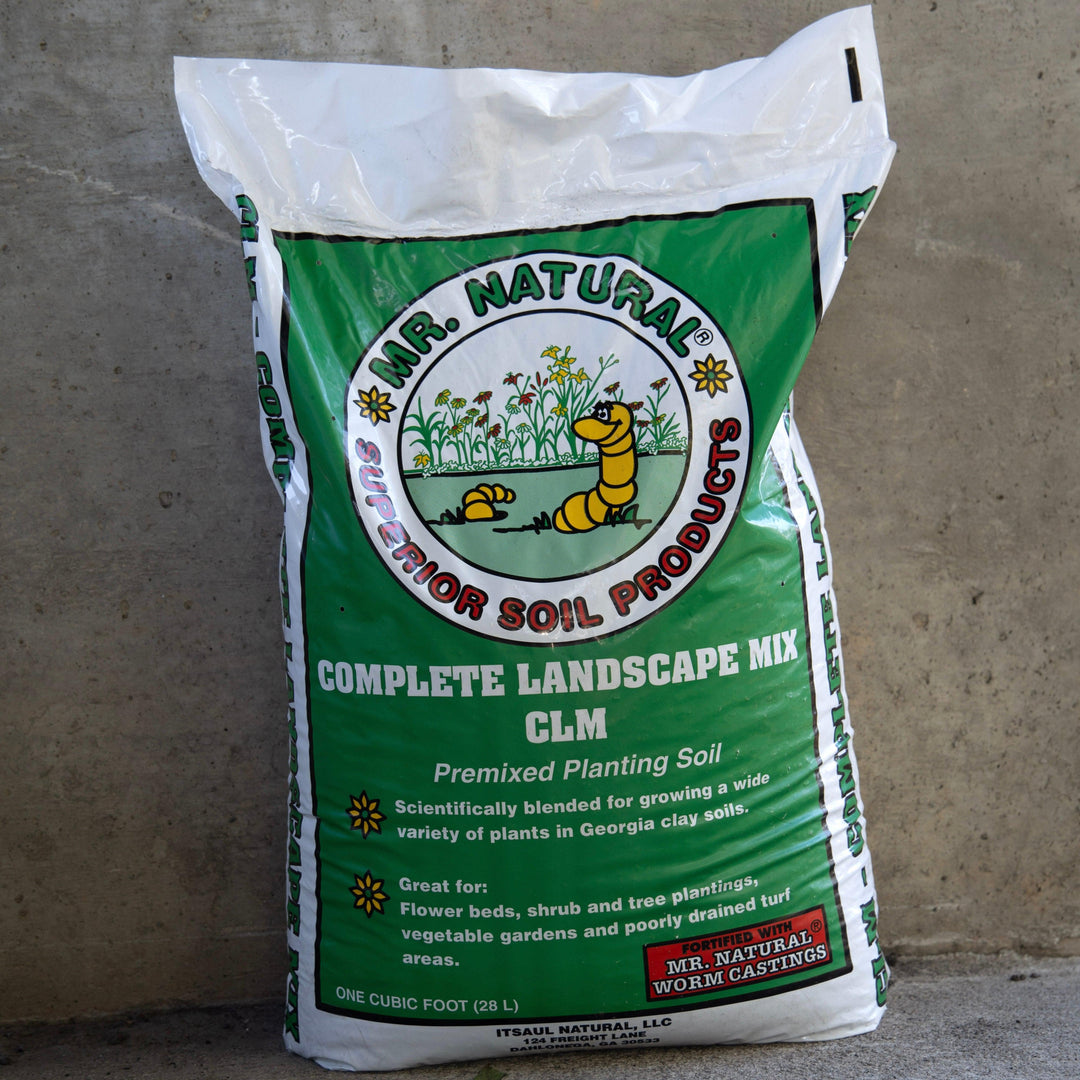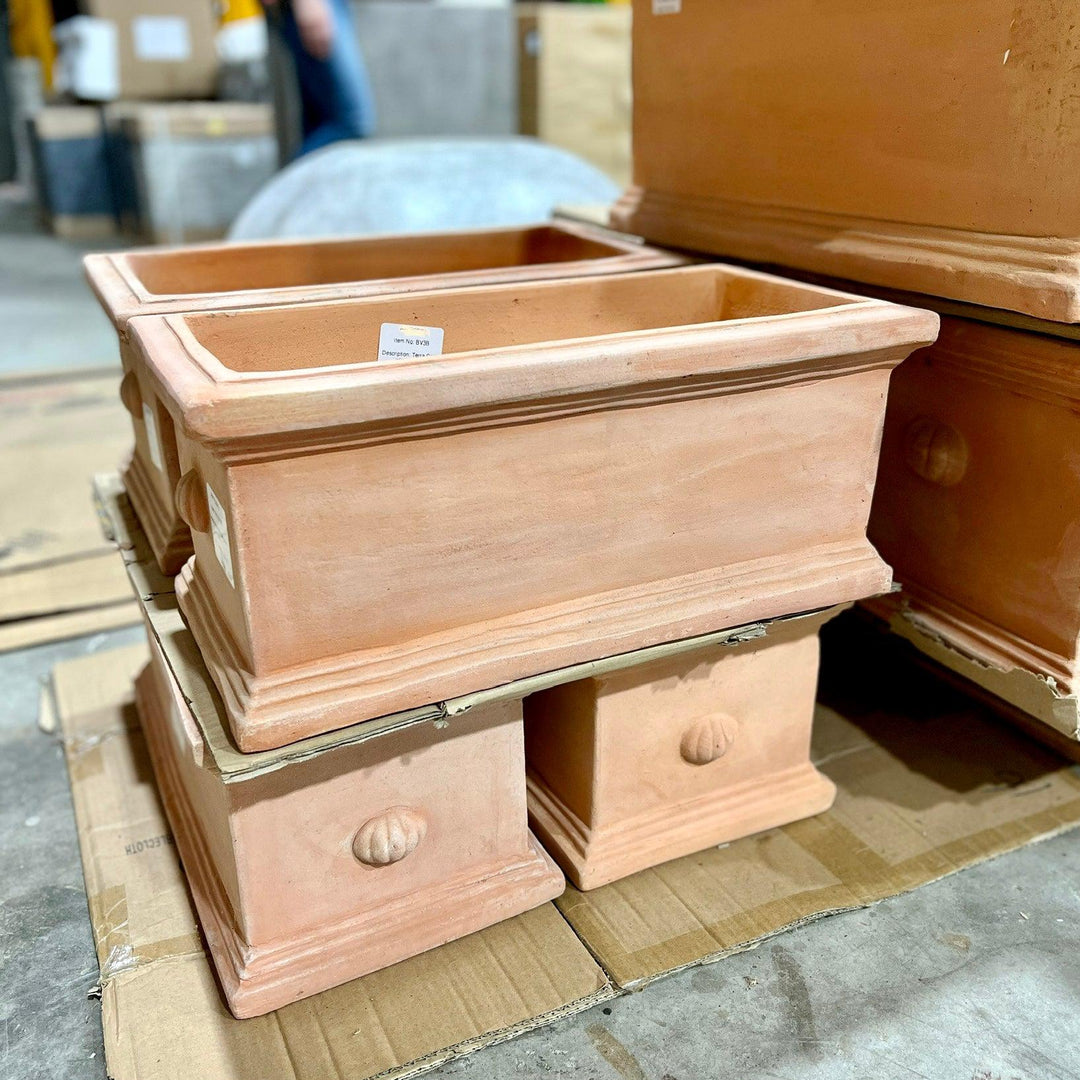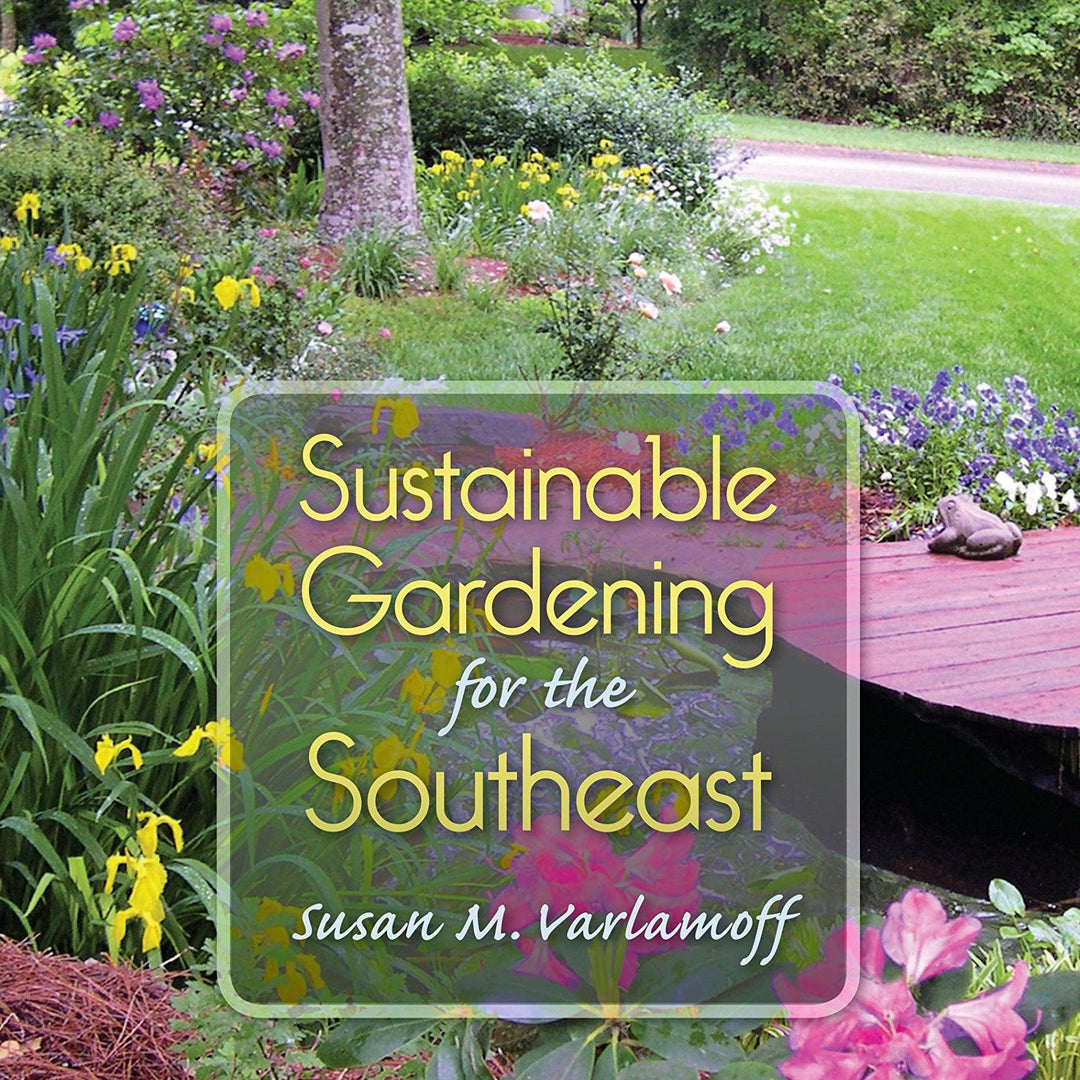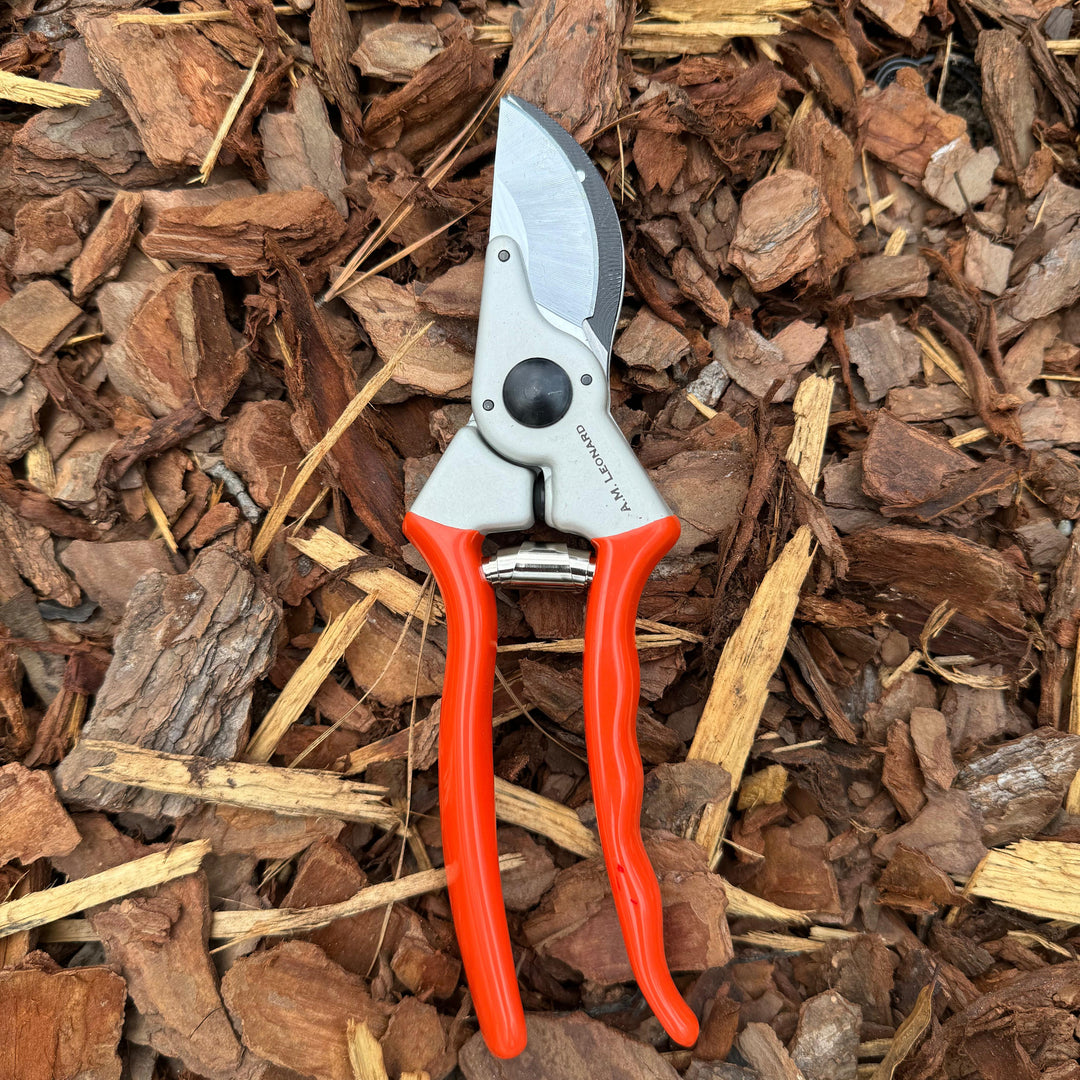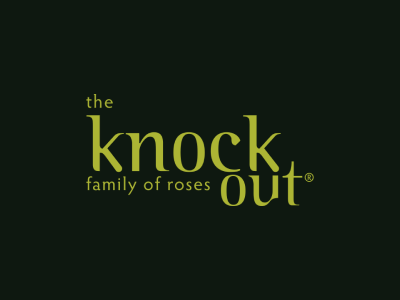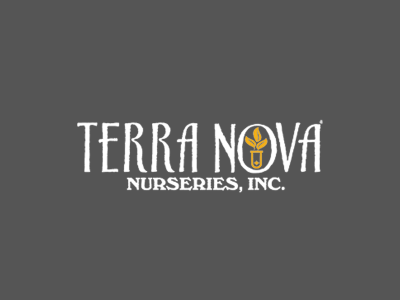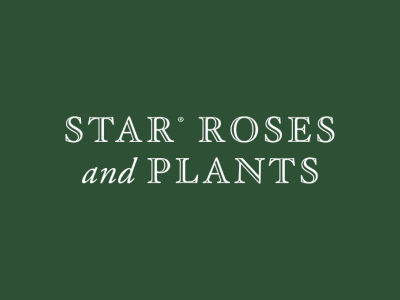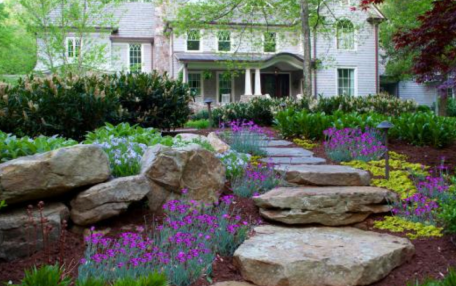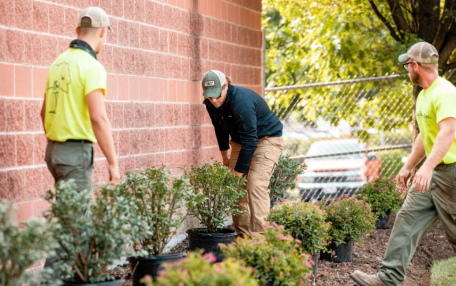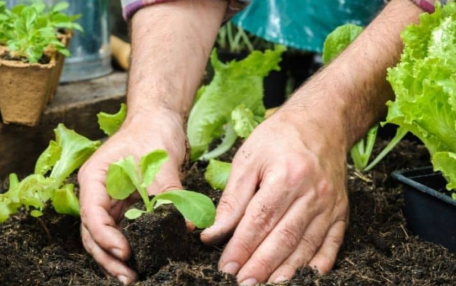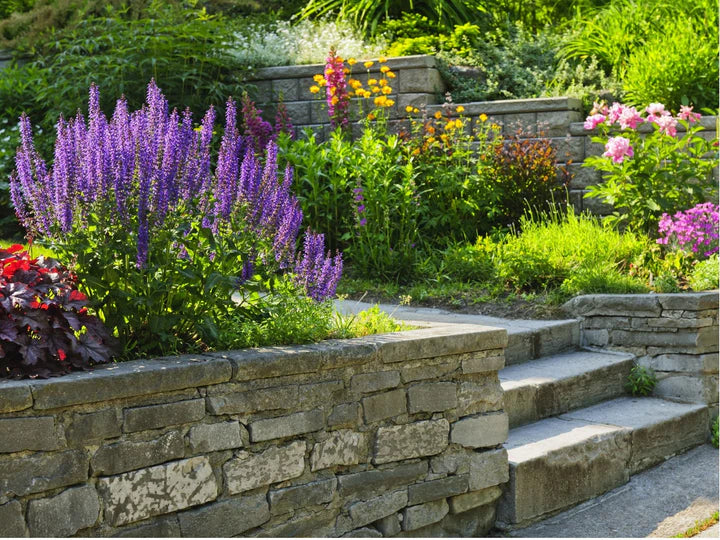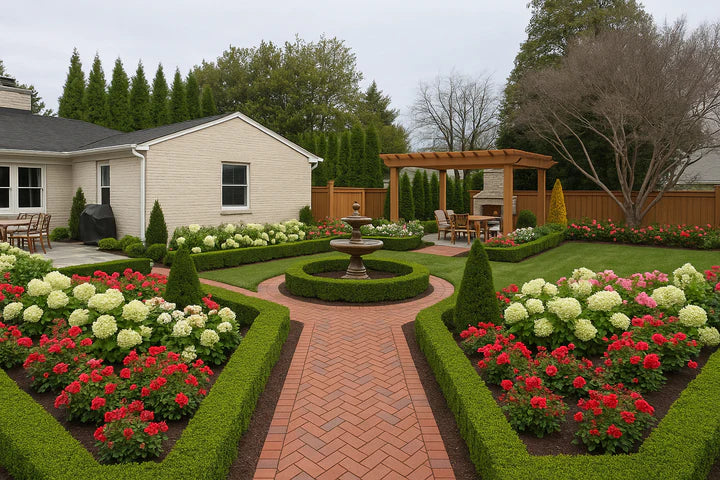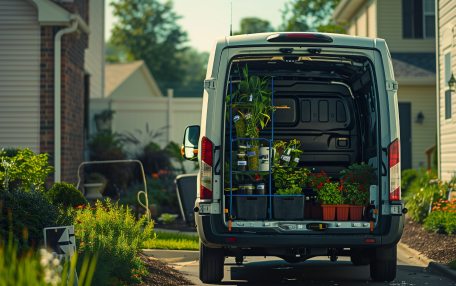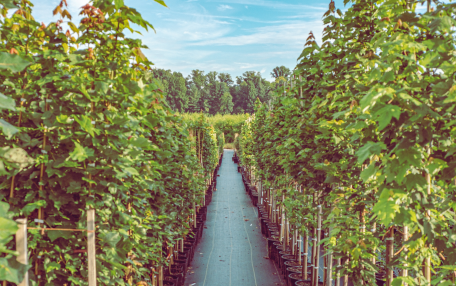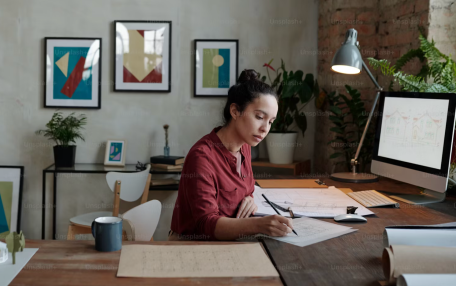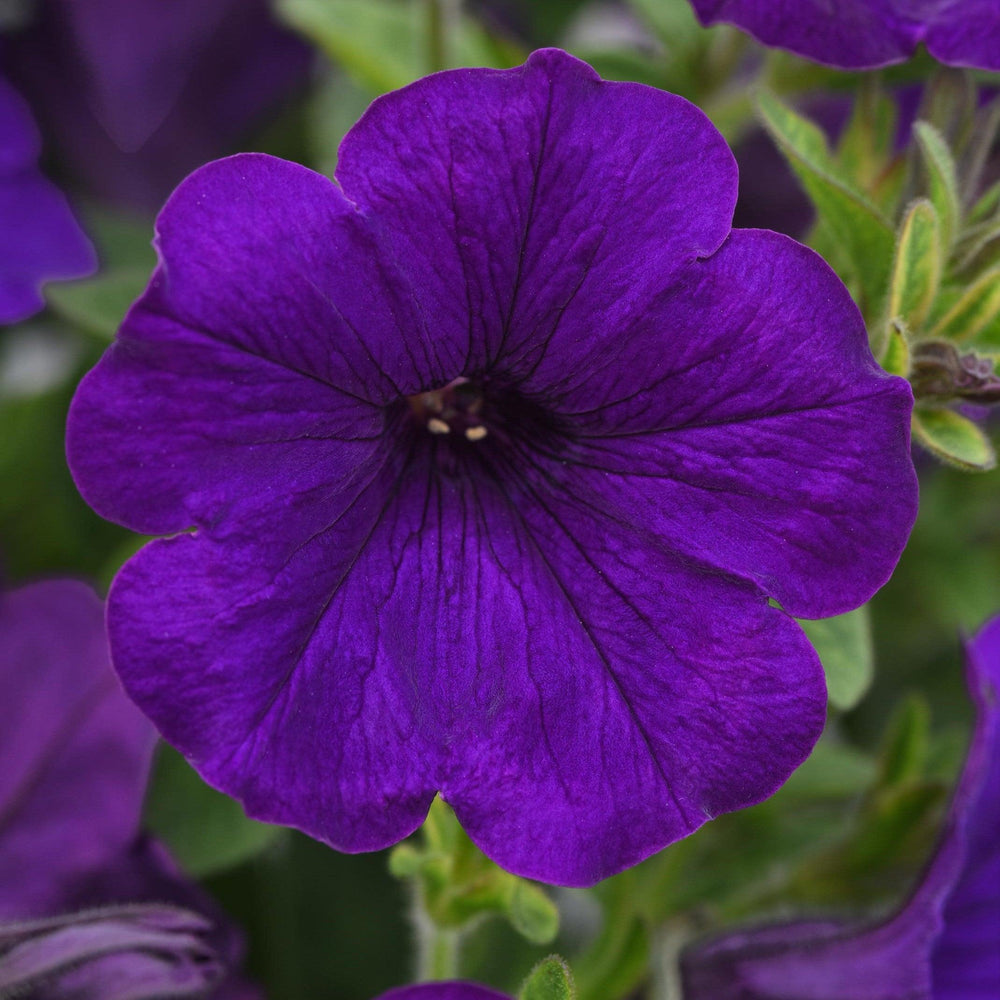Pencils, Paper, and Plant Professionals

‘Gardening is the slowest of the performing arts” according to Mac Griswold (a noted cultural landscape historian). I couldn’t agree more and I offer my deepest respect to those who propagate plants from cutting and grow them from seed.
What resonates with me about this quote is that she recognizes gardening as an art. My work as a landscape designer uses both hemispheres of my brain. My left brain is full of plant knowledge- memories of leaf shapes, colors, growing conditions, botanical Latiin… My right brain uses all the information in its neighboring frontal lobe as a palette for use in a 3-dimensional design meant to evoke emotions.

The one-year anniversary of ServeScape’s Design Studio is coming up in early April. Recognizing the need for planting direction for our clients, my double-barrel brain was pressed into service creating custom planting plans for our customers. Within a month I was eyebrow deep in projects.
I’ve been a landscape designer and horticulturist for over 20 years and have had the good fortune to work at the Atlanta Botanical Garden and the Olga C. de Goizueta Gardens at the Atlanta History Center. Both public gardens educated me richly.
One of my dearest friends from my years at ABG joined the ServeScape Design Team in May to share the deluge of planting plan purchases. Tori Simmons has a degree in landscape architecture and a background in both floral arranging and historic garden restoration.
Our third designer is Caroline Broder, who is also a landscape architect. Caroline has a deep background in commercial projects and is thrilled to have the opportunity to work on creative residential designs too.
The pandemic has kept most of us working from home- but we’ve found ways to get our heads together on projects. We’ve discovered a rare synergy between us which elevates each of our designs. We can’t wait to work together at our Design Studio full time in what I love to call ServeScape World Headquarters is in historic Chamblee- overlooking the train tracks. Meetings have to be paused when a train passes. The building is 100 years old or so and our unit used to be a shoe store back in the day. The storefront windows and door offer views of our conference table and seating, instead of footwear. The larger back room houses our drafting tables laden with all the accoutrement for design creativity: paper, pencils of many colors, markers, circle templates and books… lots of books.

Don't Miss Your Chance to Get a Custom Planting Plan for Your Yard HERE
Our design team recently discussed what drives us as landscape designers.
Caroline: “As long as I have been an aspiring landscape architect, landscape architects have struggled with being misunderstood. I like to challenge people to recall time spent in any outdoor space, urban oasis, backyard garden, etc. that evoked a positive emotional response. It’s something that you feel but often can’t quite articulate. More often than not, it’s the beautiful and brilliant intent created by a landscape designer/architect. That drives me to not only be a landscape designer, but a better one with each new project.”
Tori: “I think the constant search for our own personal utopia, striving to create perfection in an imperfect world. I like to think of landscape design like painting: the plants are the paint colors and the landscape is the canvas. I’m reorganizing these natural elements in an educated, artistic way to create an ideal paradise. Choosing the right combination of components to create harmony and balance is the real challenge.”
Valerie: “I’m a very practical woman, and that often guides my designs. I sink my teeth into the mandates of my client- which might be ‘create whimsy’, ‘curb appeal’, ‘garden rooms’, ‘meditative space’, ‘lots of fragrance’, or my recent favorite- ‘plants that kids will find fun and interesting’. Striving for a dynamic and engaging landscape keeps me on the hunt for interesting plants to combine. I also love to work in native plants to provide a bridge between our fragmented wild places for birds and pollinators.
Because each of us comes from a different background with varied work experiences, I thought it would be interesting to hear about what style of landscape or particular realm of gardening each of us favors.
Caroline: “In my early 20s, I discovered the crazy talented landscape architect, Miranda Brooks. She has six key ingredients to a successful garden design: embrace nature, create a sense of mystery, include the landscape, welcome the seasons, go on a journey, and have an edible impact. It can be difficult to include all six in a small residential space, but I try to keep all six in mind with each design opportunity. So for me, I suppose it is less than a type of landscape design, and more of a passion for creating a strong sense of place while pulling inspiration from its surroundings.”
Tori: “I particularly like to design woodland gardens, those landscapes under a dappled tree canopy. Spring ephemerals, fragrant bulbs, ferns and plants spilling over boulders and tucked into stream banks is my happy place. I love delicate blooms like those of Epimediums and creeping Strawberry Begonias intermixed with Rhododendrons and the fragrant bells of Edgeworthias.”
Valerie: ‘My love of Japanese gardens has definitely driven my emphasis on the color, shape and form of foliage. Flowers are terrific, but foliage is what makes a garden INTERESTING.
My excellent former boss Sarah Roberts (at Goizueta Gardens) instilled in me a love for the seasonal nature of gardening. Planning a landscape that allows a plant to grab the spotlight during its season really makes a garden dynamic all year.

